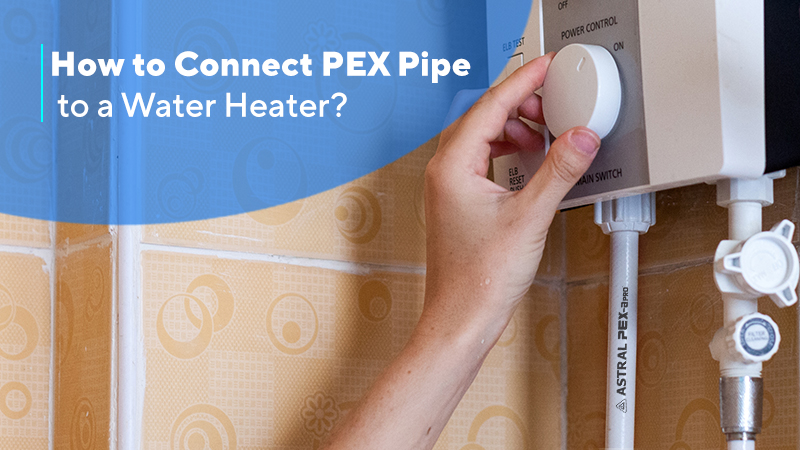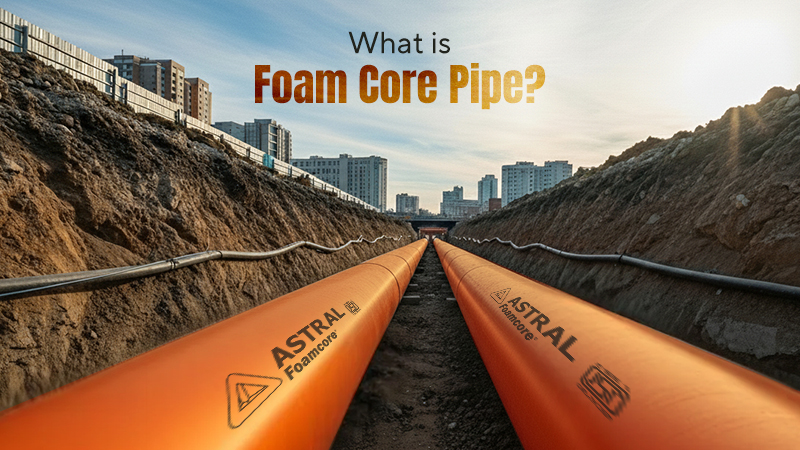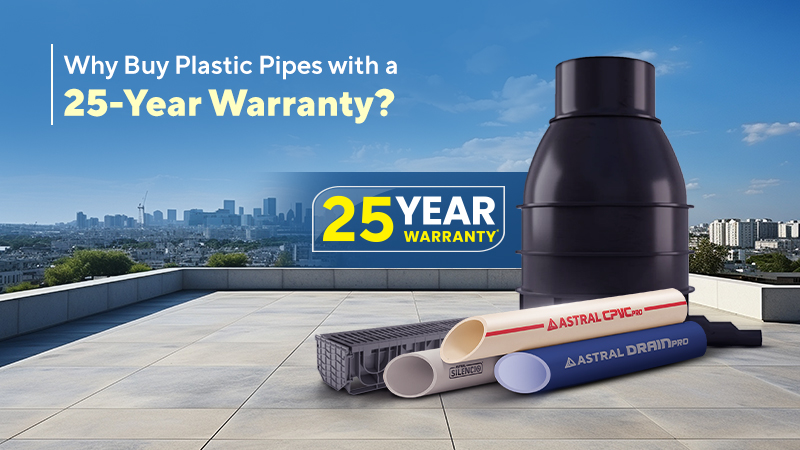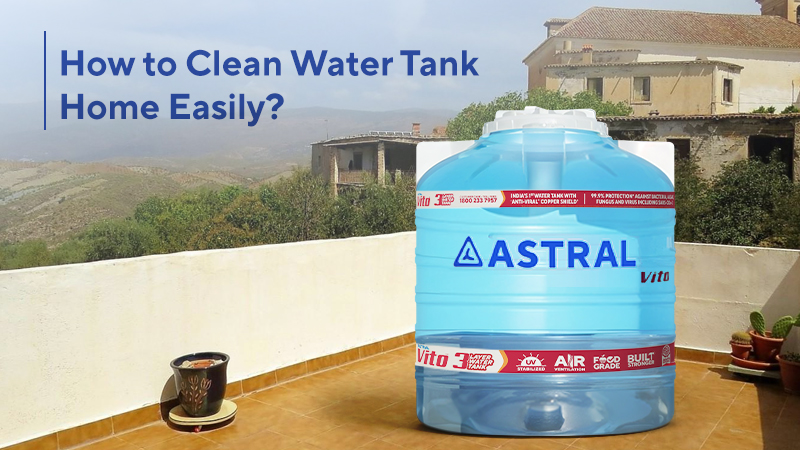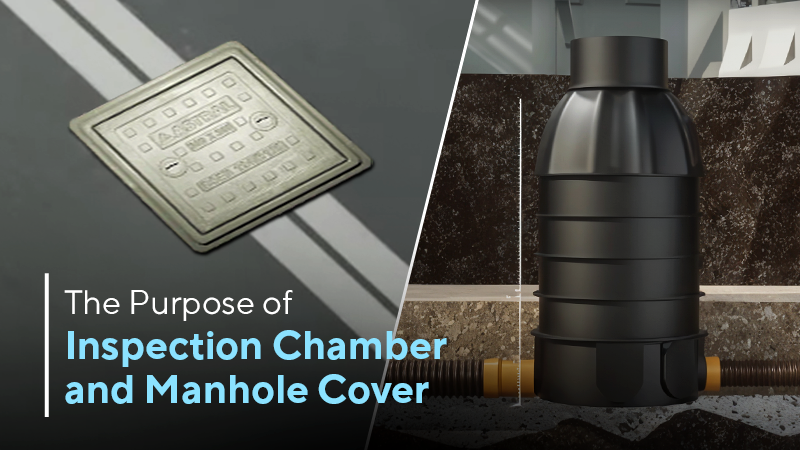
12 Jun 2025
The Purpose of the Inspection Chamber and Manhole Cover
Proper wastewater management is essential for keeping our environment clean and our communities healthy. Underground drainage networks form the backbone of this system, which channels wastewater away from homes and streets to prevent flooding and pollution. To keep these systems running smoothly, they require regular maintenance. Manhole cover and inspection chambers serve as key access points for maintenance crews to reach and service these hidden networks.
The metal discs we often see on the streets are manhole covers, which protect the system while providing access for workers to enter the sewerage network. These openings allow teams to inspect, clean and repair the system without the need for extensive digging. When placed correctly, these access points help keep the system healthy and prevent costly problems down the line.
This blog explains what is a manhole cover, what is an inspection chamber, what are the different purposes and key differences to help you understand their roles in maintaining effective drainage systems.
What is a Manhole Cover?
A manhole cover is a heavy, round lid that covers an access point to the underground drainage system. Made from strong materials like cast iron or modern composites, these covers are designed to bear the weight of vehicles and traffic loads of up to 40 tonnes, especially on busy roads.
Manhole covers help protect the underground system from debris and prevent anyone from falling through the opening. Manhole covers are commonly seen in urban streets and major roadways, where access to deep underground systems is essential.
What is an Inspection Chamber?
An inspection chamber is a smaller version of a manhole, typically used in residential drainage systems. These chamber manholes are smaller in diameter, usually between 320mm and 450mm and are designed for tool-based maintenance. They are often made from lightweight, durable materials like PVC or polymers, which makes them resistant to corrosion.
While they do not allow human entry, they are ideal for cleaning and inspecting pipes using rods, cameras or pressure jets. Inspection chamber manholes are often installed in residential areas or along smaller drainage runs where larger manholes would be excessive.
Difference between Manhole and Inspection Chamber
Manholes and inspection chambers are vital for maintaining drainage systems, but they differ in size, purpose and functionality.
|
Features |
Manholes |
Inspection Chamber |
| Size | Minimum 600 mm diameter | 320-450 mm diameter |
| Depth | to 6 meters deep | Generally under 1.2 meters |
| Access | Designed for human entry and are major network access points | Not ideal for human entry, they are used for minor blockages and routine maintenance |
| Construction Materials | Traditional: brick, concrete Modern: polymer composites |
PVC, polymer composites |
| Load Rating | Class D400 (40 tonnes) for public roads | Class B125 (12.5 tonnes) for driveways |
| Weight | Heavier, may require machinery to install | Lighter, easier manual handling |
| Application | Main sewers, major drainage junctions | Residential drainage, property connections |
| Maintenance Features | May include steps or ladders for entry | No climbing features necessary |
| Regulatory Requirements | Stricter standards for public infrastructure | Less stringent for private property |
| Visibility | More prominent surface presence | Lower profile, less obtrusive |
Understanding what is a manhole cover and what is an inspection chamber, helps clarify their distinct roles in drainage maintenance and system access.
What is the Purpose of a Manhole and Inspection Chamber?
Key purposes of manhole covers and inspection chambers in maintaining effective drainage systems
Manhole Covers and Chambers
Manhole covers and their chamber manholes provide access to critical points in large drainage networks. These robust structures enable workers to enter the system for the following reasons
1. Complex repairs require direct human intervention
2. To install specialised equipment
3. Clear significant blockages that cannot be addressed with tools alone
4. Address issues at important junctions, bends or where pipe dimensions change
Engineers strategically position manholes at vital network points to maximise system accessibility. The heavy-duty covers protect the chamber manholes from external elements while preventing falls and unauthorised access.
Inspection Chambers
Inspection chamber manholes function as checkpoints for simpler maintenance tasks in residential systems. These smaller access points help with the following:
1. Regular inspections using specialised tools
2. Camera surveys for identifying blockage locations
3. Rodding or pressure cleaning operations
4. Minor repairs that do not require human entry
Typically located at property connection points or along straight pipe sections, inspection chamber manholes provide vital access without the expense and space requirements of full manholes. Their strategic placement ensures your entire drainage pipe remains accessible for maintenance throughout its service life.
Manholes and inspection chambers are vital parts of the infrastructure that keep our daily lives running smoothly. They provide essential access to the underground drainage system for proper maintenance. Whether planning a new installation or upgrading existing drainage, choosing quality products is important to maintain a smooth, clog-free drainage system for a long time.
Astral Pipes offers top-quality drainage access solutions built to withstand the test of time. Our innovative Astral Drain Hulk manhole and inspection chambers are made from 100% virgin UV-protected materials. These chamber manholes feature special ribs that enhance structural integrity and prevent floating, which ensures reliable performance even with high groundwater pressure. With advanced materials that resist corrosion and high traffic loads, these products are the best solution for residential, commercial and industrial drainage needs.
Explore Astral’s range of drainage solutions today and experience the perfect blend of innovation, quality and reliability that has made us India’s No.1 Pipe Brand.
Read our blog on Why Choose PE/PP Manhole Chambers?


